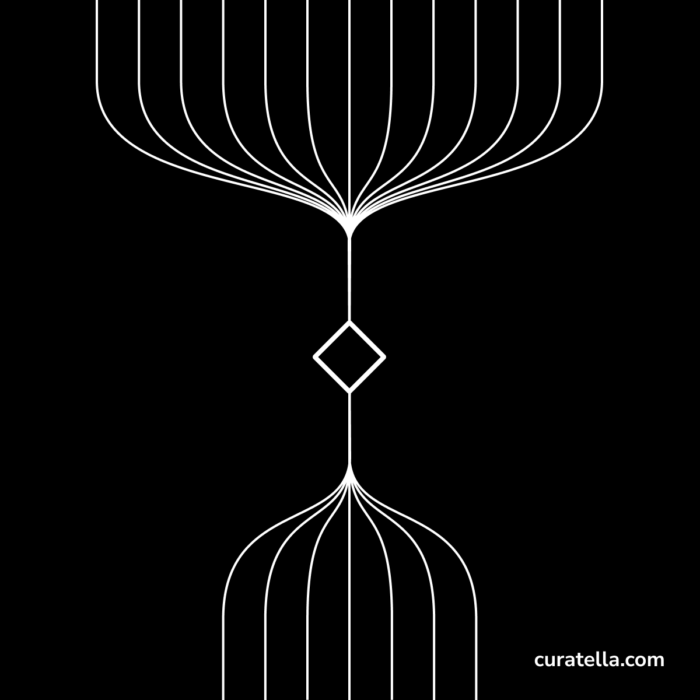When you have no precise details about your goal, storytelling can help. You can have at least two approaches: broad, high-level epics with fuzzy information and specific scenarios where you describe exactly what will happen.
The high-level speculation helps to set the broad context. It’s helpful to have the buy-in of all internal stakeholders and to give a chance to the less-informed or the more-distracted to have a sense of where the story is happening.
The down-to-the-detail speculative story, instead, requires courage. You take all assumptions as validated, and you chain them in a sequence of potentially connected concepts. It’s essential to stretch your imagination in this way. Otherwise, it becomes challenging to have practical tasks to act upon.
Everything could be wrong, but time and resources are not wasted because you better grasp the subject and its context. You exercised your imagination, and that primed your brain to be more creative. You tested the group on a collaborative effort that is only preparing you all better for the next move
